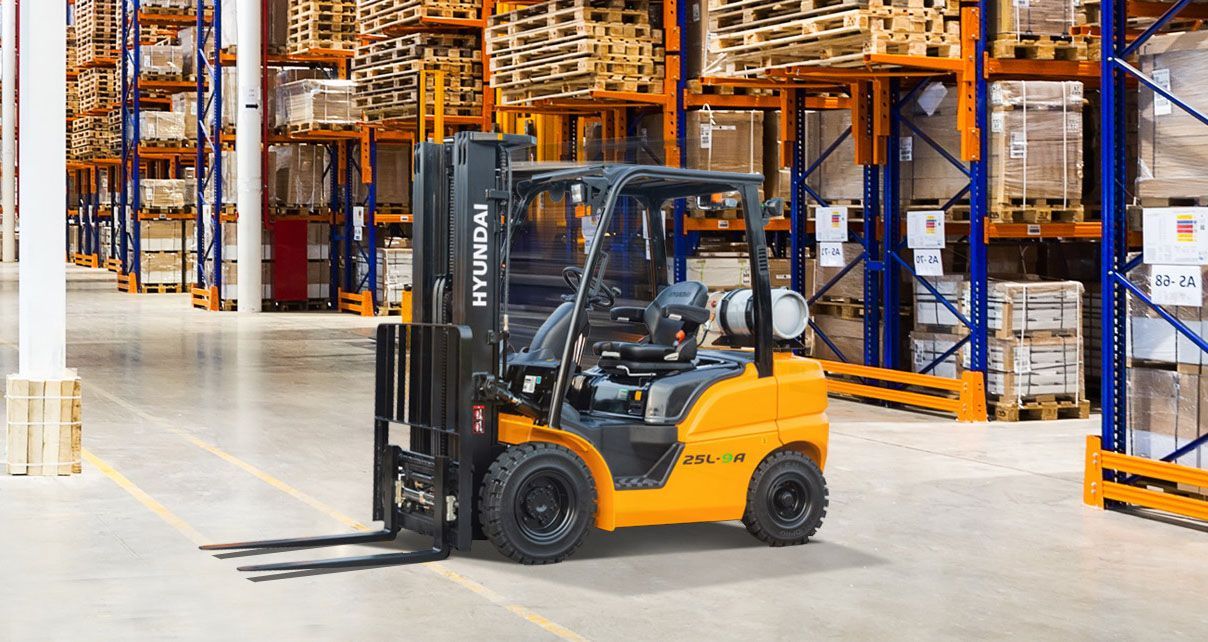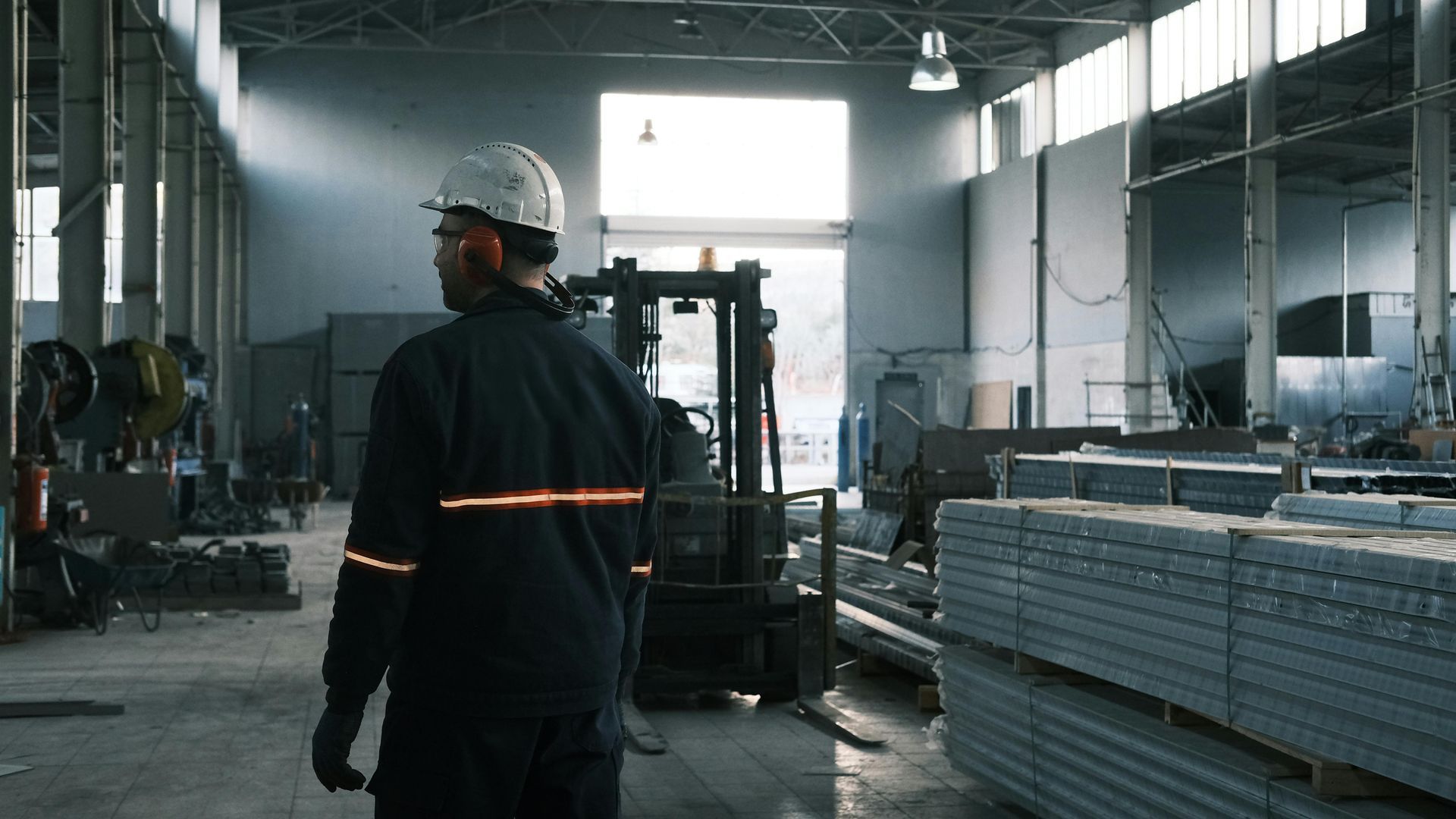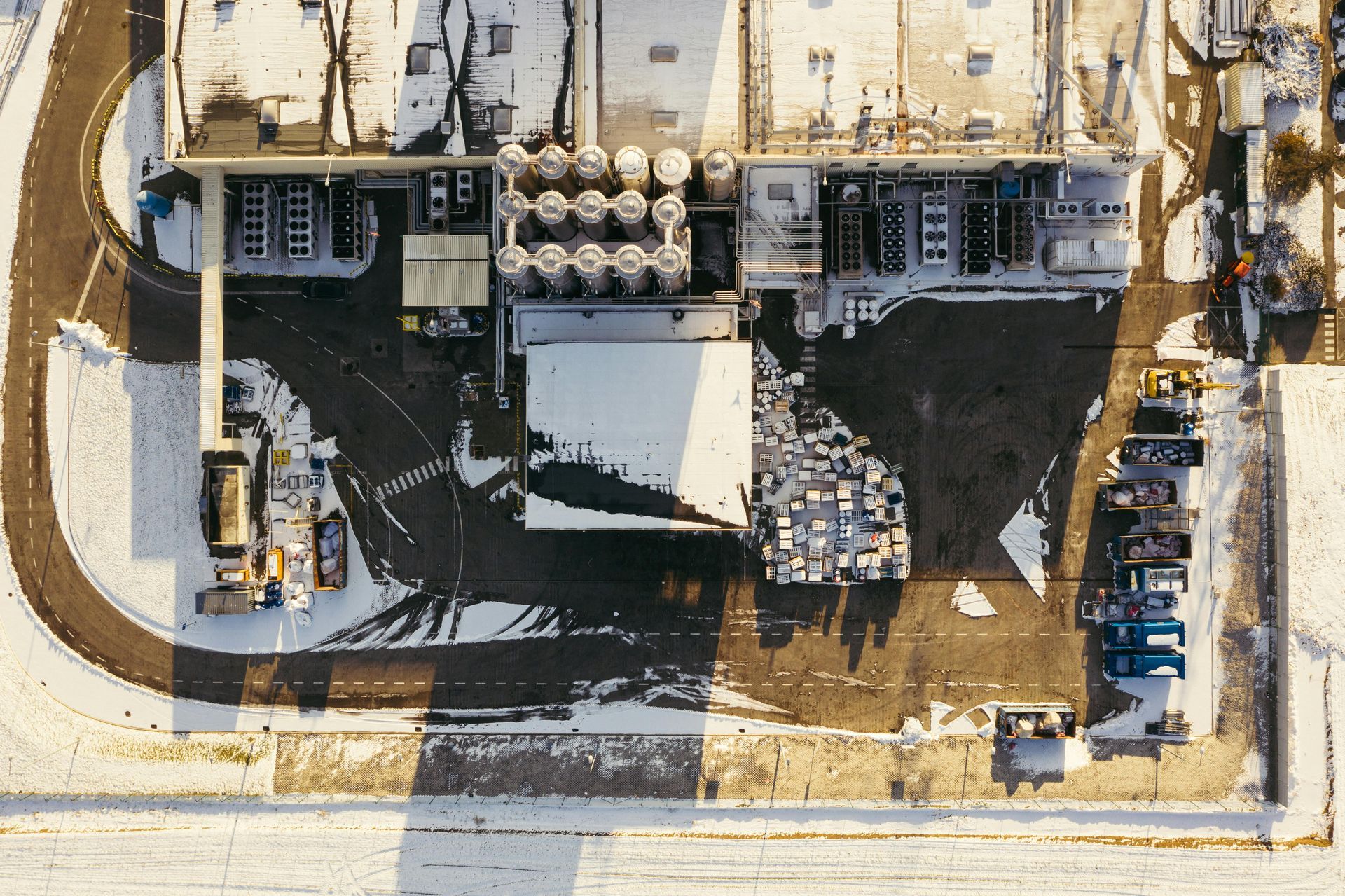Common Forklift Accidents and How to Prevent Them
A warehouse by its very nature presents a long list of safety challenges, and many of them happen on and around forklift equipment. In fact, OSHA has estimated that each year there are 85 fatal accidents, 34,900 accidents resulting in serious injury, and 61,800 non-serious incidents attributed to forklifts. While mitigating the risk of forklift accidents is multi-pronged, knowing which accidents are the most common and understanding how to prevent them can help create a culture of safety.
Rollovers
Forklift rollovers are the most common accidents and also the most fatal. Rollovers are caused by turning too quickly, unbalanced or overweight loads, abrupt movements, turning on an incline, or driving on uneven surfaces. If this happens, operators should lean into and brace for impact. Remember — always wear your seat belt! Here are tips to prevent rollovers:
- Follow OSHA-required speed limits
- Slow down when turning around corners
- Don’t ever exceed the lift’s load weight capacity
- Only raise or lower your lift’s load when the forklift isn’t moving
- Descend inclines before turning
- Keep loads as low to the ground as possible for stability
- Drive lifts on smooth, even surfaces only
Pedestrian Accidents
It’s not just forklifts that frequently travel through warehouses. There’s plenty of pedestrian traffic too, which is what makes these types of accidents so common. When lift drives are fatigued, distracted, or careless, they can often run into pedestrians. This can also happen when drivers ignore traffic signs and signals. Don’t let this happen in your facility:
- Encourage frequent breaks to combat worker fatigue
- Use extra care when operating around pedestrian traffic
- Separate pedestrian traffic lanes from forklift lanes
- Use floor markings or tape to help keep drivers and pedestrians safe
- Install warning lights and back-up alarms on forklifts
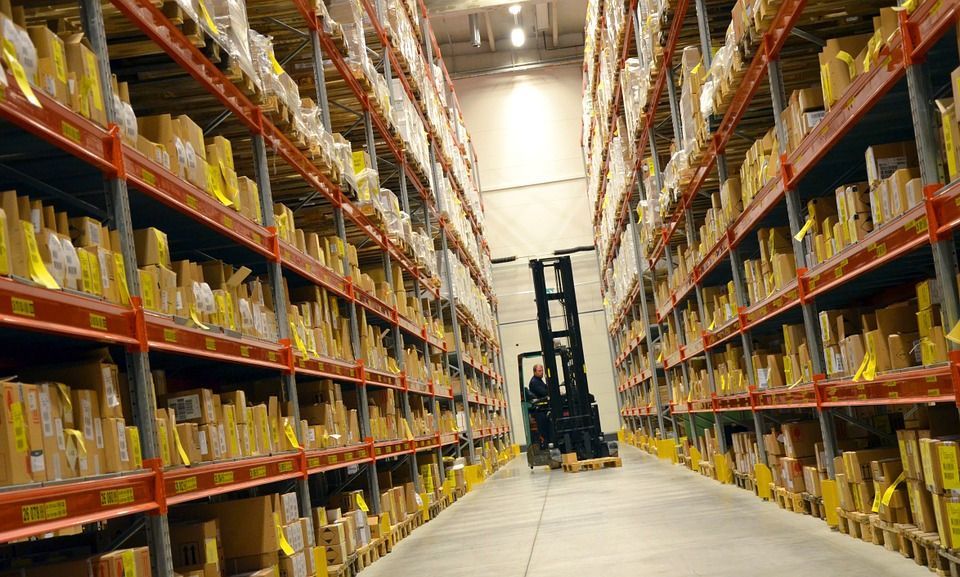
Lack of Training
It’s an OSHA requirement that every forklift operator is thoroughly and properly trained before using the equipment. That’s not always a guarantee, though, and accidents are much more likely when operators don’t have the proper education on how to use the lift. It may be tempting to cut corners, but that could end in disaster. Take these precautions:
- Train operators based on the resources provided by OSHA
- Take the time to administer the training properly
- Follow up the initial training with continued education
- Create a culture of safety from the top down
Load Toppling
Transporting loads like boxes and pallets are pretty straightforward, but things change quickly when lift operators are tackling small or oddly-shaped loads. Toppling or falling loads happen when they are off-center or loose, the mast is tilted or moved too quickly, or the forks on the lift are bent. Some tips for preventing falling loads:
- Don’t transport loose or damaged loads
- Tilt the mast smoothly and slowly
- Use a load backrest to prevent items from falling backward
- Conduct visual inspections before and after every shift
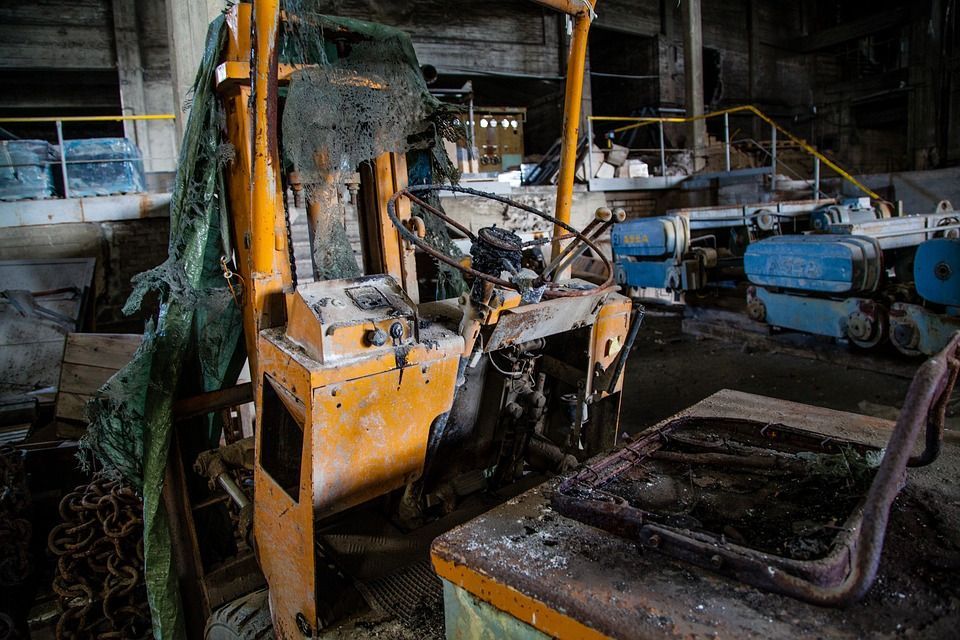
Falls Off Docks or Trailers
Traveling between docks and trailers is one of the most dangerous movements that a lift can make. Trucks and trailers can roll away from the dock leaving a gap, floors can be slippery or damaged, or dock plates could be missing, leading to an accident. Here’s what to watch for:
- Make sure to chock trailer/truck wheels to prevent movement of the vehicle
- Slow down when approaching the dock
- Frequently check dock for slippery or uneven surfaces
- Check position and rating of dock plates
Equipment Failure
Like any other piece of equipment in your warehouse, forklifts need to be regularly maintained and repaired if necessary — or even replaced. Worn breaks, fluid leaks, and tires that are worn or damaged can cause the lift to malfunction and cause an accident. Prevent mechanical failures with these tips:
- Always conduct OSHA-required pre-shift inspections
- Have equipment regularly serviced
- Take damaged lifts off the warehouse floor
- Upgrade equipment when it becomes too old or costly to repair
Don’t let forklift accidents happen in your warehouse. Knowing the most common forklifts, what causes them, and how to take steps to prevent them can keep everyone safe. If you need a team of experts to help keep your forklift fleet operating properly, call us . Benco customers count on us to make sure their industrial equipment is in top shape.
We perform routine preventative maintenance and inspections of material handling equipment to minimize breakdowns. We are dedicated to providing the critical sales, service & repair you need to keep your warehouse running smooth.
The post Common Forklift Accidents and How to Prevent Them appeared first on Benco Industrial Equipment.


